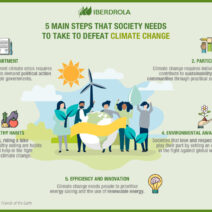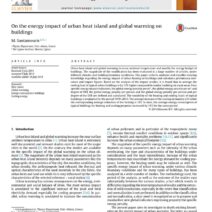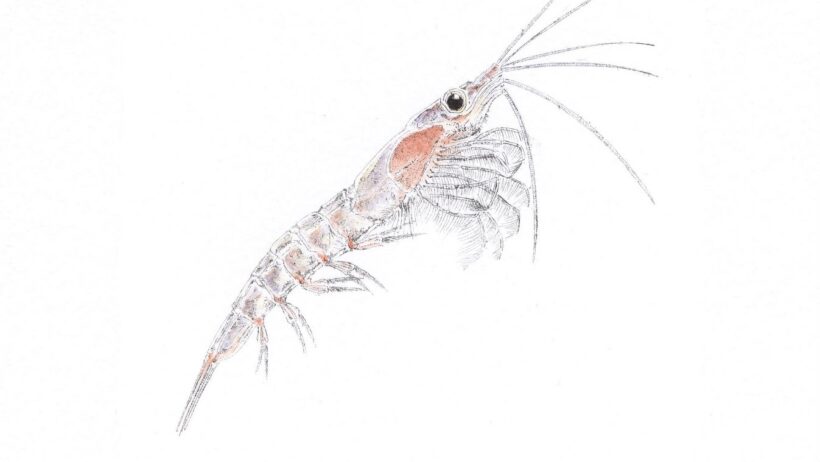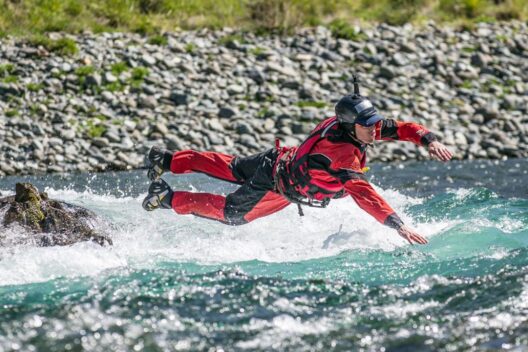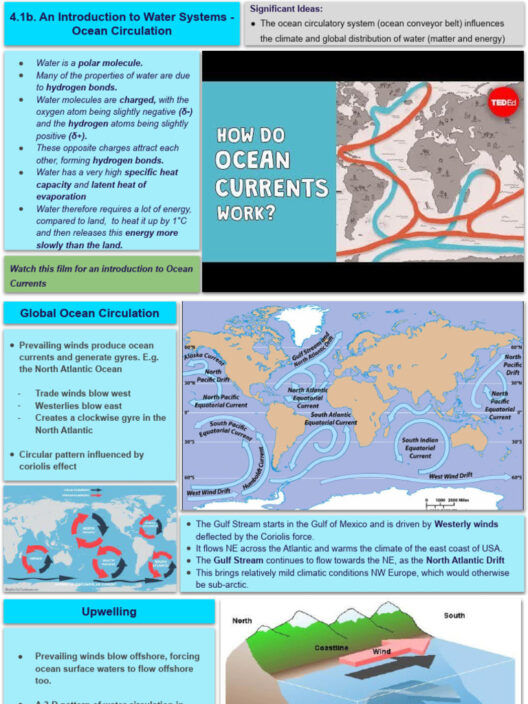Oceans, often regarded as the lifeblood of our planet, are inextricably linked to the well-being of all ecosystems. As vast reservoirs of biodiversity, they support myriad life forms, with krill and plankton serving as pivotal players in this dynamic environment. However, these miniature organisms, the cornerstones of the marine food web, are facing unprecedented threats that could have dire consequences for the broader ecological landscape.
At the heart of the marine ecosystem lies plankton, which consists of microscopic organisms drifting in ocean currents. This group encompasses both phytoplankton—plant-like organisms that harness sunlight through photosynthesis—and zooplankton, which are primarily small animals that feed on phytoplankton and other microscopic life forms. Krill, a specific type of zooplankton often mistaken for mere fairy dust of the sea, plays a vital role in nutrient cycling and energy transfer within marine ecosystems.
Phytoplankton alone produces about half of the planet’s oxygen and serves as the foundational food source for many marine species. Their number is staggering; estimates suggest there are over 20,000 species residing in various aquatic environments, ranging from the arctic ice to tropical reefs. Despite their microscopic size, these organisms are indispensable, forming the basis for complex food webs that support larger marine animals, including fish, seabirds, and marine mammals. Additionally, phytoplankton contributes significantly to carbon sequestration, absorbing carbon dioxide from the atmosphere, which is crucial in mitigating climate change.
In contrast, krill, particularly species such as Euphausia superba, are larger crustaceans that primarily thrive in cold Antarctic waters. These small, shrimp-like creatures are themselves a culinary staple for an array of marine species, notably blue whales, seals, and penguins. Krill adapt their feeding habits to consume phytoplankton blooms—seasonal surges in phytoplankton abundance—maximizing energy efficiency within the aquatic food pyramid. Their reproductive capacity ensures rapid population recovery, thereby maintaining ecosystem balance.
However, the dual forces of climate change and human activities are casting a shadow over the stability of these vital organisms. Ocean warming is among the most insidious threats, resulting in shifts and alterations to marine ecosystems. Phytoplankton populations are highly sensitive to temperature changes and nutrient availability. As ocean temperatures rise, certain phytoplankton species may flourish while others decline, leading to reductions in biodiversity. These shifts can destabilize food webs, with ripple effects traversing the entire oceanic ecosystem.
Moreover, rising ocean acidity, a direct outcome of increased carbon dioxide absorption, poses another formidable challenge. Ocean acidification can impair the ability of calcifying organisms—essential for marine biodiversity—to develop robust shells or skeletons. Krill and many other zooplankton species, which rely on calcium for growth, may face profound difficulties in a more acidic environment, potentially leading to population declines that would resonate throughout marine food webs.
Human activities, including overfishing and habitat destruction, compound the predicament of krill and plankton. Industrial overfishing, particularly of krill, threatens the very species that sustain numerous marine inhabitants. The demand for krill meal in aquaculture and livestock feed has led to unsustainable harvesting practices, severely disrupting their populations. Consequently, the implications extend far beyond the immediate consequences on krill populations; the animals that rely on them face nutritional shortages, leading to declining health and reproduction rates.
Furthermore, nutrient pollution from agricultural runoff introduces excess nitrogen and phosphorus into marine environments, stimulating harmful algal blooms that can outcompete phytoplankton. These blooms can produce toxins detrimental to aquatic life and leach oxygen from surrounding waters, resulting in hypoxic zones where most marine life cannot survive. The deleterious effects of nutrient pollution showcase the intricate interconnectedness of the oceanic ecosystem and the various anthropogenic pressures it faces.
As the health of krill and plankton hangs in the balance, it invites an urgent inquiry into our role in their fate. Addressing climate change necessitates global cooperation; reducing carbon emissions is paramount to curtailing temperature rise and acidification. Additionally, sustainable fishing practices must be prioritized. Enforcing regulations to limit krill harvesting and implementing eco-friendly practices can foster resilient populations that underpin marine ecosystems.
Education and outreach are instrumental in shifting public perspective regarding ocean health. By understanding the importance of krill and plankton, individuals can begin to advocate for conservation strategies and make informed choices in their own lives that mitigate ecological stressors. Efforts might include supporting sustainable seafood choices, reducing plastic use, minimizing water pollution, and promoting reforestation and sustainable agriculture—which fundamentally support the health of aquatic environments.
In summary, while krill and plankton may appear inconspicuous, their roles in the oceanic ecosystem are undeniably vital. The threats posed by climate change, coupled with human activities, paint a dire picture for the future of these organisms and the myriad species that depend on them. However, through concerted conservation efforts and a shift in individual behaviors, there lies hope to safeguard these essential components of marine life. The time for action is now; our oceans and the intricate food webs they support are beckoning for champions.

